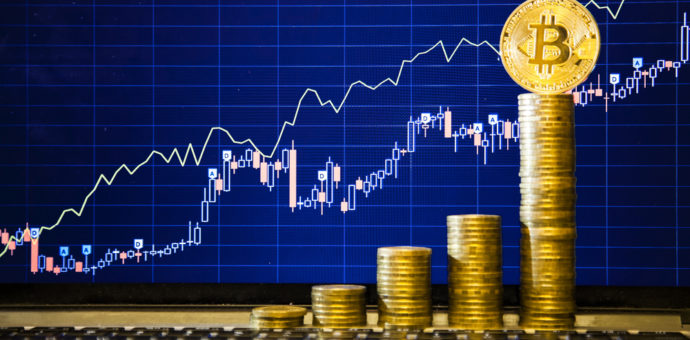The belief in financial asset pricing models such as stock-to-flow can influence the market and be a catalyst for bitcoin’s rise after halving, according to ETH Zurich researcher, Tobias Huber. “Financial modeling is not an exact science like physics. Models do not faithfully reproduce markets; they actively transform them”, says the researcher.
A popularly used model is Stock-to-Flow. It projects the price of the bitcoin based on the so-called “stock-flow ratio”, initially used to assess the price of commodities. By relating the “stock” – that is, the amount emitted – to the “flow” – the annual amount issued – the model predicts that the price of bitcoin after halving varies between US$ 55,000 to US$100,000. This would correspond to a market value of more than US$ 1 trillion) for the main cryptocurrency. “They become what the famous sociologist Robert K. Merton called self-fulfilling prophecies”, Huber said in an article in CoinTelegraph.
Financial models for halving in Transfero’s thesis
Actually, this is Transfero Swiss’ thesis model that the digital assets will be the top performing in the biennium 2020-2021. The model is based on the limited and decreasing supply of bitcoins in the market after halving: it is the ratio between the reserves of an asset and its quantities produced in a given period. As the marginal supply of new bitcoins will fall by half after halving, the trend is that the market will only price after the effective reduction in supply.
Financial modeling is not an exact science like physics. Models do not faithfully reproduce markets; they actively transform them.
For the Brazilian investor, the bitcoin also offers a natural hedge against the rise of the dollar against the real. For example, the dollar has been moving upwards since the beginning of the year. Therefore, bitcoin achieved better returns in its Brazil-traded pair (BTC/BRL), if compared to the US-traded pair (BTC/USD).
This model was even reflected in the previous halvings. Created in the protocol to control bitcoin inflation (BTC), the previous halvings coincided with great rises. After the first halving, which occurred in November 2012, the price of bitcoin increased from US$ 12 to more than US$ 650. After the second halving in July 2016, the price accelerated to nearly US$ 20,000 at the end of 2017.







